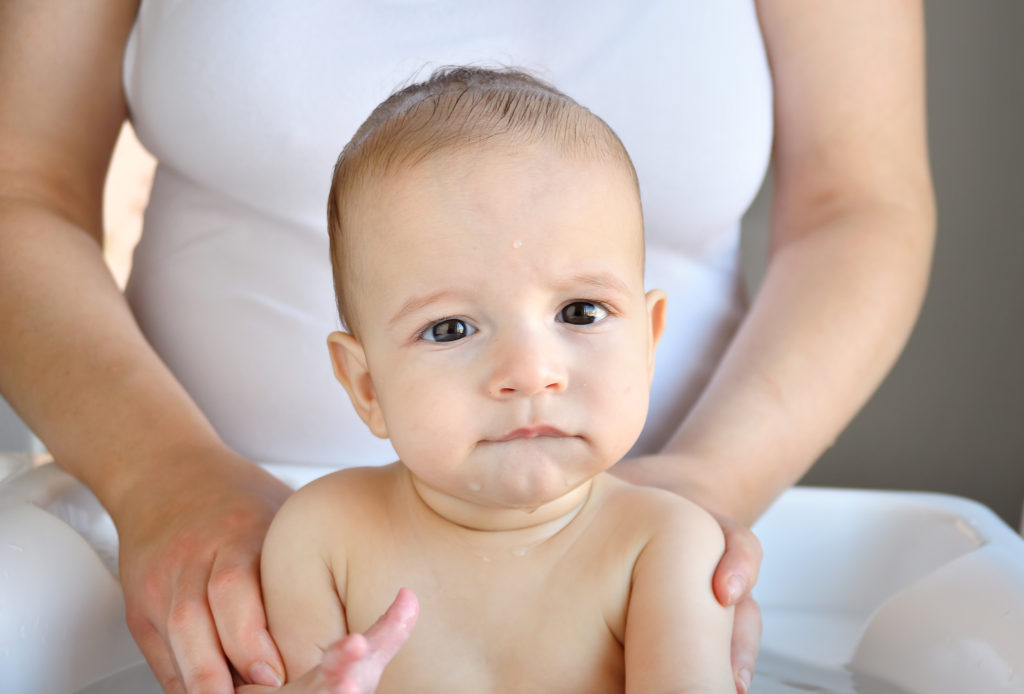
HOME SAFETY
Water Safety
 Drowning is the leading cause of injury-related death among children between ages 1-4 and the third leading cause of death among all children. Whether you are bathing your baby in the sink or splashing around with your toddler in the bathtub, water is great fun for children. However, it is also a place where safety must come first. Here are a few tips for kids who love to get wet.
Drowning is the leading cause of injury-related death among children between ages 1-4 and the third leading cause of death among all children. Whether you are bathing your baby in the sink or splashing around with your toddler in the bathtub, water is great fun for children. However, it is also a place where safety must come first. Here are a few tips for kids who love to get wet.
Safety Tips
- Never leave your child unattended around water. We know it sounds strict, but there is no room for compromise on this one. Babies can drown in as little as one inch of water within a minute.
- Avoid any distractions when watching children in water. This means no phones or texting or scrolling through social media!
- Empty all tubs, buckets, containers and wading pools immediately after use. Store them upside down and out of children’s reach.
- Keep toilet lids closed and use toilet seat locks to prevent drowning. It is also a good idea to keep doors to bathrooms and laundry rooms closed.
- Know what to do in an emergency. Learning CPR and basic water rescue skills may help you save a child’s life.
- If you have a home pool or spa:
- Install a fence of at least four feet in height around the perimeter of the pool or spa.
- Use self-closing and self-latching gates.
- Ensure all pool and spas have compliant drain covers.
- Install an alarm on the door leading from the house to the pool.
- Keep pool and spa covers in working order.
- Have life-saving equipment such as life rings or reaching poles for use.
- Clear the pool area of all toys (including floats, balls, and other items) immediately after use every time, so that children are not tempted to enter the pool area unsupervised.
- Do not rely on swimming aids like water wings or noodles, as they are just toys and should never replace an approved life jacket.
- Teach children how to swim. Every child is different, so enroll children in swim lessons when they are ready. Consider their age, development and how often they are around water.
- Just remember that swim lessons or “knowing how to swim” does not prevent drowning and does not mean that the child doesn’t have to be supervised!
- Teach children that swimming in open water is not the same as swimming in a pool. They need to be aware of uneven surfaces, river currents, ocean undertow and changing weather.
Learn More






